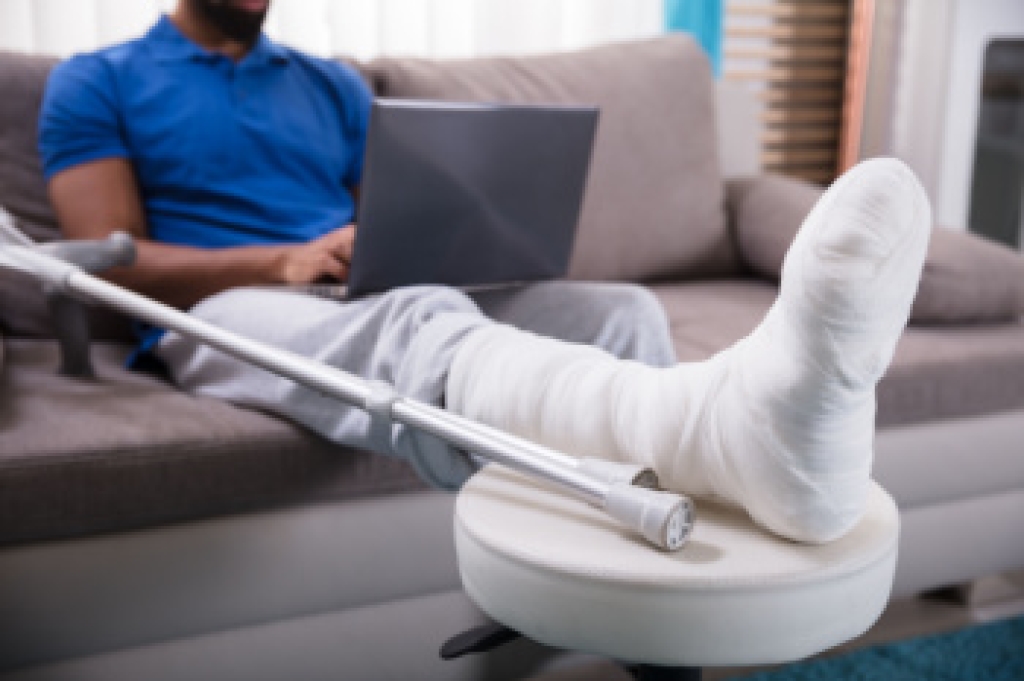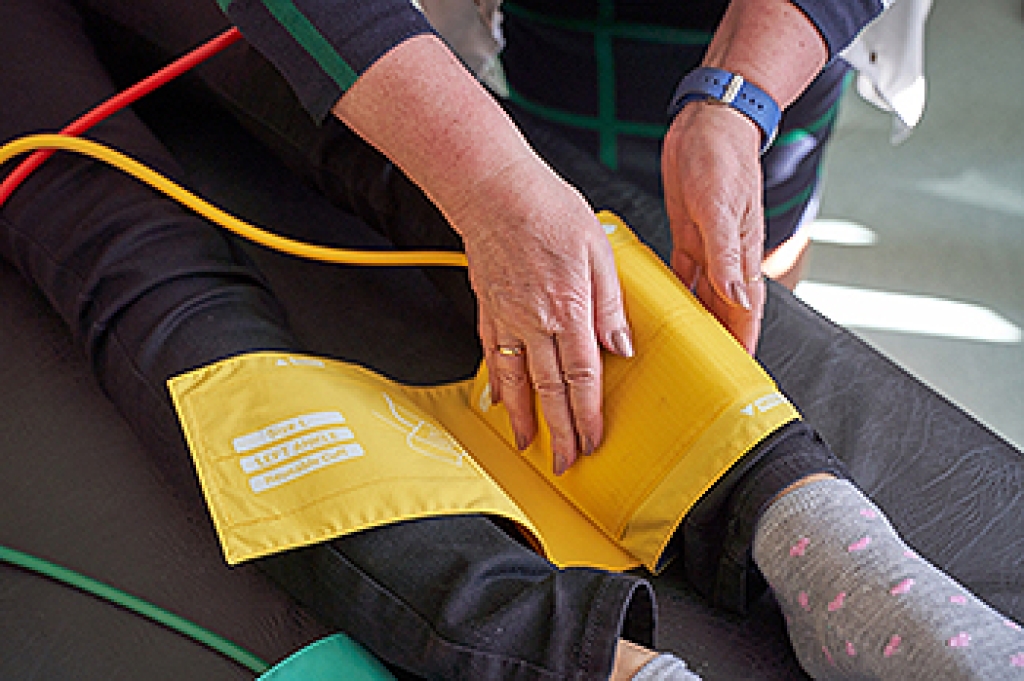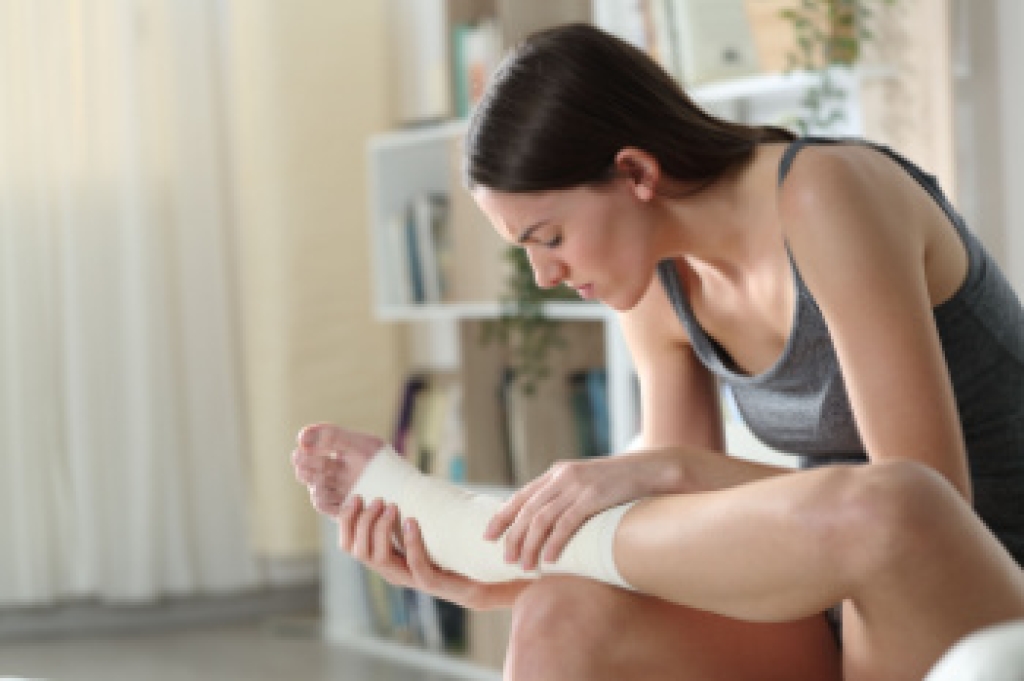
A broken foot can happen from a fall, a heavy object landing on the foot, or even repeated stress from activities that place too much pressure on the bones. Many people notice sudden pain, swelling, bruising, or difficulty putting weight on the foot right after the injury. In some cases, the discomfort may seem mild at first, but quickly worsens with walking. The area might feel tender to touch, and shoes may become uncomfortable due to swelling. Even small fractures can interfere with balance and everyday movement if they are not recognized early. Rest, elevation, and avoiding weight on the foot are usually important first steps until proper care is given. If you suspect a foot fracture because of persistent pain, swelling, or trouble walking, it is suggested that you schedule an appointment with a podiatrist for an accurate diagnosis and appropriate treatment plan.
A broken foot requires immediate medical attention and treatment. If you need your feet checked, contact Brian Doerr, DPM from Florida. Our doctor can provide the care you need to keep you pain-free and on your feet.
Broken Foot Causes, Symptoms, and Treatment
A broken foot is caused by one of the bones in the foot typically breaking when bended, crushed, or stretched beyond its natural capabilities. Usually the location of the fracture indicates how the break occurred, whether it was through an object, fall, or any other type of injury.
Common Symptoms of Broken Feet:
- Bruising
- Pain
- Redness
- Swelling
- Blue in color
- Numbness
- Cold
- Misshapen
- Cuts
- Deformities
Those that suspect they have a broken foot shoot seek urgent medical attention where a medical professional could diagnose the severity.
Treatment for broken bones varies depending on the cause, severity and location. Some will require the use of splints, casts or crutches while others could even involve surgery to repair the broken bones. Personal care includes the use of ice and keeping the foot stabilized and elevated.
If you have any questions, please feel free to contact our office located in Fort Meyers, FL . We offer the newest diagnostic and treatment technologies for all your foot care needs.




